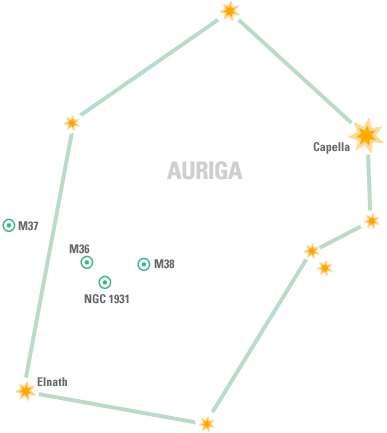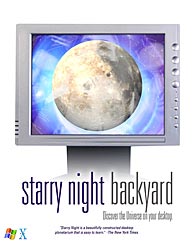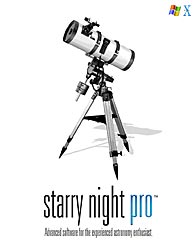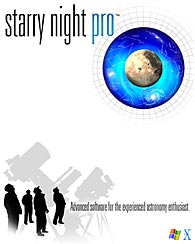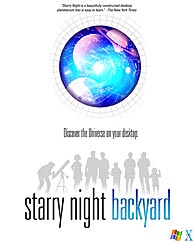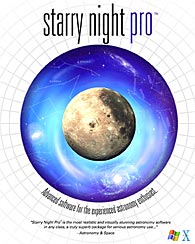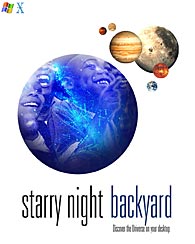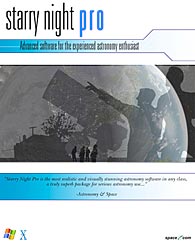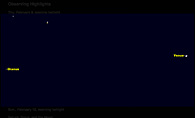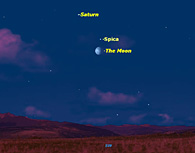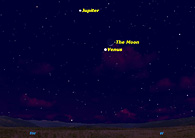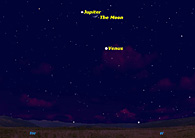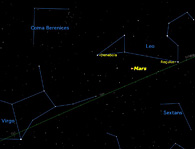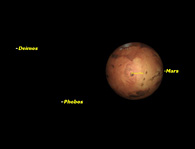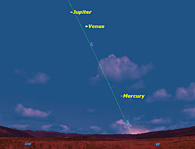 |
||||||||||||||||||||||||||||||||||||||||||||||||||||||||||||||||||||||||||||||||||||||||||||||||||
For education orders please call 1-877-290-8256. Starlab and Starry Night: The Starlab Portable Planetarium is the only portable planetarium that employs state-of-the-art Starry Night® Small Dome software. It's specifically designed for hands-on student use and teacher presentations. And now Science First can help you get one for your school or organization. Thank you!
If you’re new to astronomy, a popular list to start with is the list of comet lookalikes compiled by Charles Messier in the eighteenth century. Messier’s objective was to discover new comets by sweeping the sky, and he wanted to keep track of objects which looked like comets, but were permanent fixed objects. He had no particular interest in what these objects really were, but today we recognize them as star clusters, nebulae, and galaxies, what we call deep sky objects. Messier’s list is a classic because it includes most of the brightest deep sky objects in the sky, and these objects are spread widely across the sky, so that there are always objects to choose from on a given night. When I first started observing Messier’s list in 1957, I immediately realized that it was literally a mess! Messier had compiled the list over many decades, adding to it as he observed things, so that the objects are in no particular order. The first thing I did was to sort the list into order by right ascension. This was long before the days of personal computers, so this sorting was a long tedious process. By placing the objects in right ascension order, I had a good idea of what objects were visible on any particular night, and what objects were close to each other. Nowadays, with software like Starry Night, this task is almost instantaneous. Click on the Lists tab on the left side of the screen to open the Observing Lists pane. For now, we just want a complete list of the Messier objects. Under Observing Lists, click the Add button. This brings up the Observing Tools window. For now, select Messier Objects under Database, and click the Find button. You should get a list of all 110 Messier objects in the Search Results box. Right-click (or control-click) on any item in this list and choose Add All. You now have a complete list of all the Messiers in the Current Observing List box. You can sort these in right ascension order by clicking in the RA column heading. Give this list a name, say “Complete Messiers,” and click OK to save.
You can now view this list in the Observing Lists pane by clicking on it in the Observing Lists box; it will be displayed in the List Viewer box. Again you can sort it by right ascension by clicking in the RA column header. Clicking on the Export button will export the list as a text file which can easily be imported into Excel or other programs.
Now, any of the objects you check in the List Viewer box will be marked in Starry Night’s display window. In practice, it’s much easier to limit your observing list in the Observing Tools window to the current night’s observing window. Once you’ve got an ordered list, what’s the best way to tackle it under the stars? Remember that the Earth is constantly rotating, so that objects are constantly moving westward towards the western horizon. On any given night, you want to observe the objects in the west first, or, in other words, those with the lowest right ascension. You also want to give priority to objects low in the south, because they are visible for the shortest time. Objects at high northern declinations have a lower priority because they are circumpolar, and so never set. All of the above is phrased for observers in the northern hemisphere; reverse north and south if you live south of the equator. Geoff Gaherty
Located in the constellation Orion, this bright star is classified as a red supergiant as shown in the accompanying H-R diagram. Last month we saw that sun-like stars turn into red giants near the end of their life. A red supergiant must then be a more massive star near the end of its life.
And indeed Betelgeuse may be as much as twenty times more massive as our Sun. Even though it may only be about 10 million years old, it has burned through its original hydrogen fuel at a tremendous pace and may only have a million years left to live. Compare that to the Sun's total life span of about ten billion years! Like the Sun's eventual fate, the core of Betelgeuse will contract and helium will fuse into heavier elements. But because of the increased mass, higher temperatures can be reached and fusion will not stop at carbon but continue on to iron. This is the end of the line for energy-creating fusion. As more iron builds up the core collapses in the blink of an eye along with the outer layers of the star. Eventually the core is so dense that electrons are forced into protons forming neutrons and further collapse is halted. The core rebounds and crashes into the outer layers of the collapsing star creating a burst of energy known as a Type II supernova. It is here that there is enough energy to fuse nuclei into heavier elements such as uranium.
The expelled material mixes with interstellar hydrogen and helium and eventually will form a new generation of stars like our Sun. Our Earth owes its heavy elements to some supernova explosion long ago and we are all made up of some “Star Stuff”. Left behind is a tiny but massive neutron star so dense that a teaspoon full of material weighs as much as a mountain. And, depending on the actual mass of this neutron star, further collapse is possible. This time, matter becomes so concentrated that gravity allows not even light to escape giving rise to a so-called black hole. So what happens when Betelgeuse goes supernova? Will life on earth be in danger? Based on its distance of about 600 light years, the supernova should be as bright as the Full Moon and be easily visible in the daytime sky. But astronomers assure us that no harmful effects will befall us. Further Study Question 1: In the article we discussed Type II supernovae. What is a Type I supernova? Question 2: What would be the expected life span of a very low mass star? Answer to last month's question: Less mass means weaker gravity so any surviving planets should move a bit further away from the Sun. Herb Koller
Local Wall – Coma-Sculptor Cloud Pedro Braganca
Auriga is most notable for its three bright open clusters and for sporting one of the ten brightest stars in the night sky, Capella. In ascending order of interest are Auriga's three Messier-designated open clusters: M36, M38 and M37. All are clearly visible to the naked eye from a dark site and, in binoculars, appear as bright fuzzy patches; naturally, a telescope brings out the most detail. M36 will show around 50 stars in an 8" scope while M38 shows twice as many stars, some in apparent chain-like arrangements. But the most notable of the trio is M37. In a 12" scope, roughly 150 starts are visible in this neatly arranged cluster, some tinged red. NGC 1931 is a bright emission nebula surrounding a very small open cluster. With high magnification in an 8" telescope, the nebula is quite apparent. Sean O'Dwyer
|
FEB 2012
|
|||||||||||||||||||||||||||||||||||||||||||||||||||||||||||||||||||||||||||||||||||||||||||||||||

|
||||||||||||||||||||||||||||||||||||||||||||||||||||||||||||||||||||||||||||||||||||||||||||||||||
|
||||||||||||||||||||||||||||||||||||||||||||||||||||||||||||||||||||||||||||||||||||||||||||||||||

 EDUCATION ORDERS 1-877-290-8256
EDUCATION ORDERS 1-877-290-8256


 Not only does the resulting supernova shine as brightly as an entire galaxy but a good portion of the original star is blown off into space. M1, the famous Crab Nebula, is the remnant of a supernova explosion that was recorded by Chinese astronomers in 1054 AD.
Not only does the resulting supernova shine as brightly as an entire galaxy but a good portion of the original star is blown off into space. M1, the famous Crab Nebula, is the remnant of a supernova explosion that was recorded by Chinese astronomers in 1054 AD.